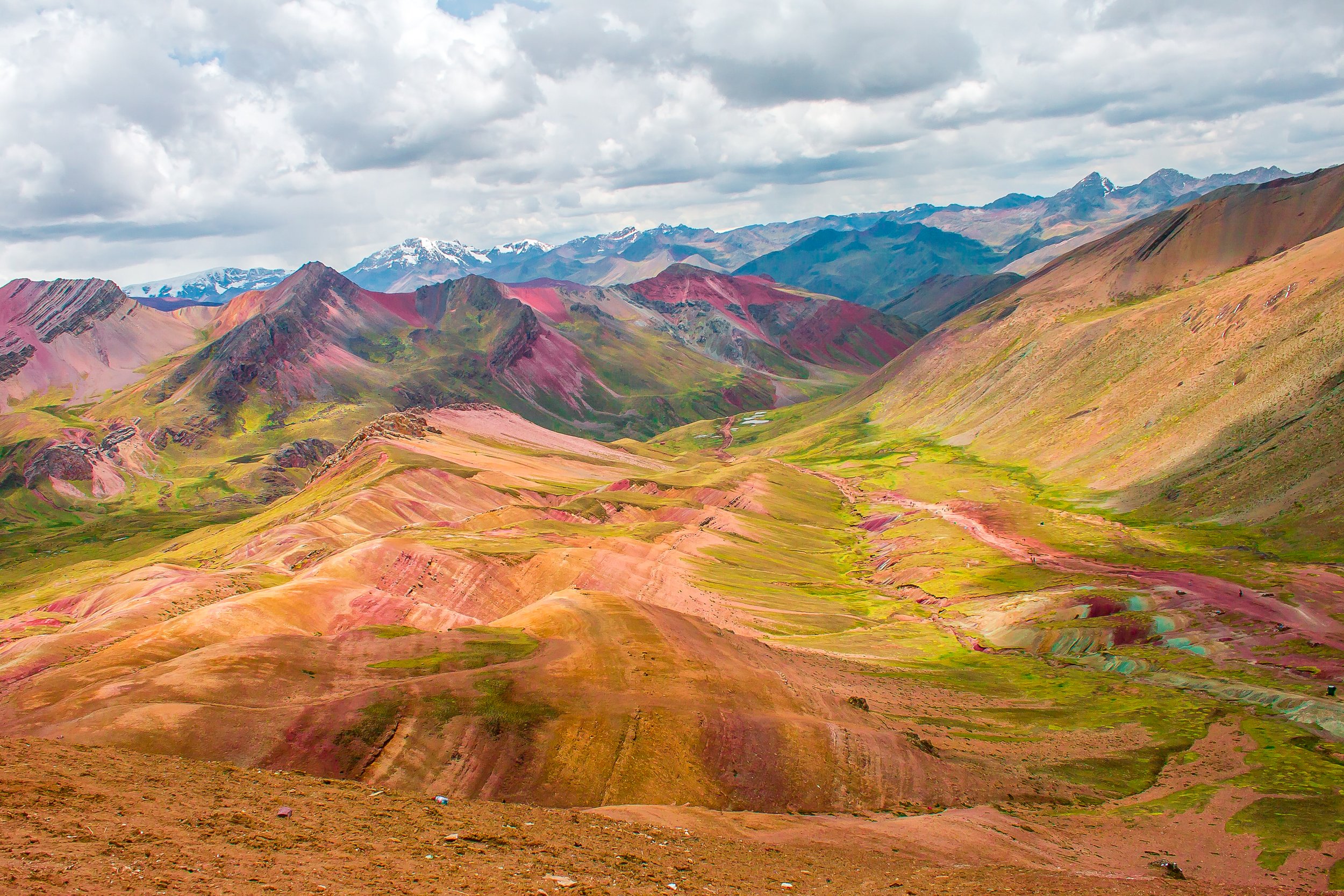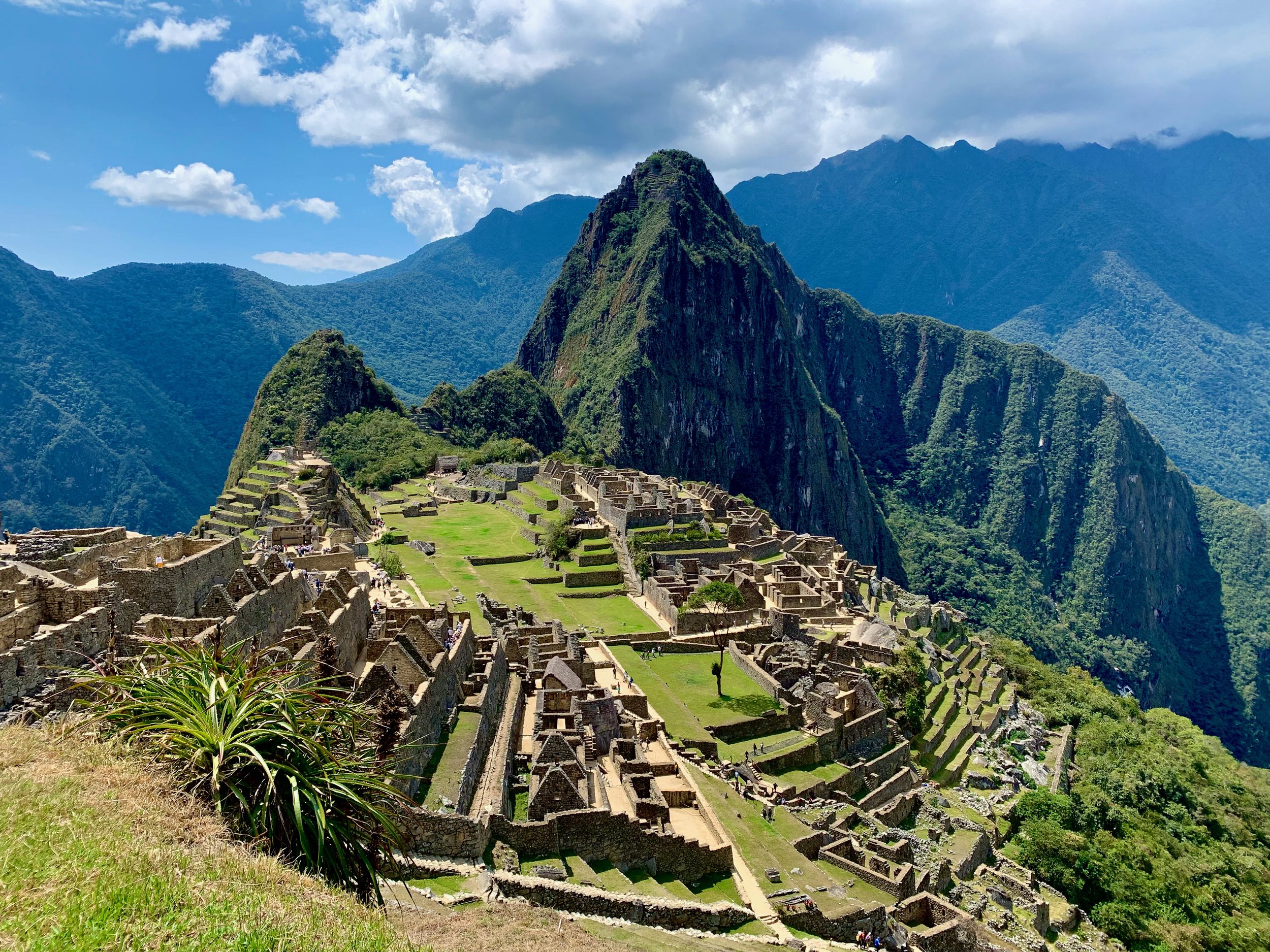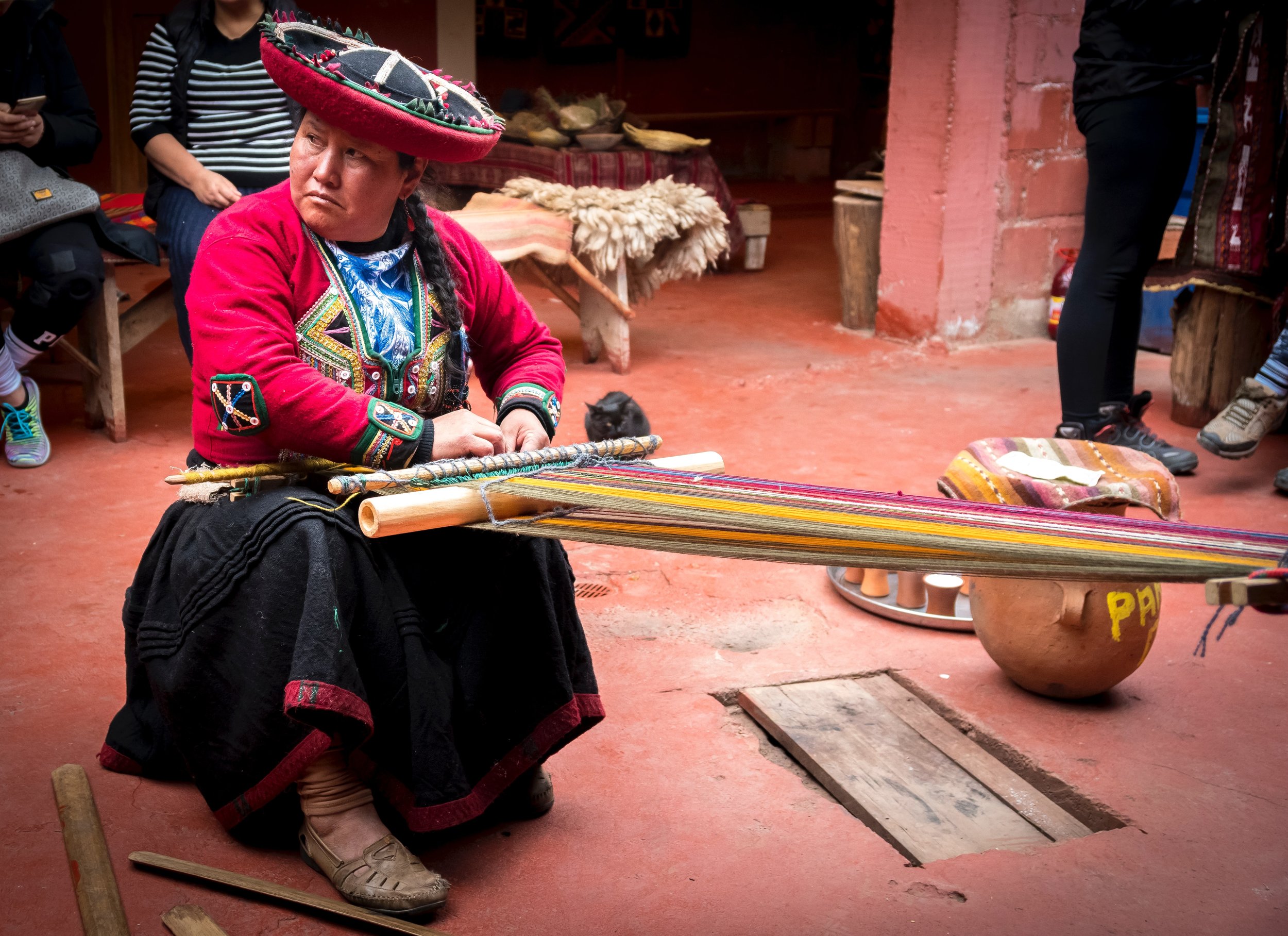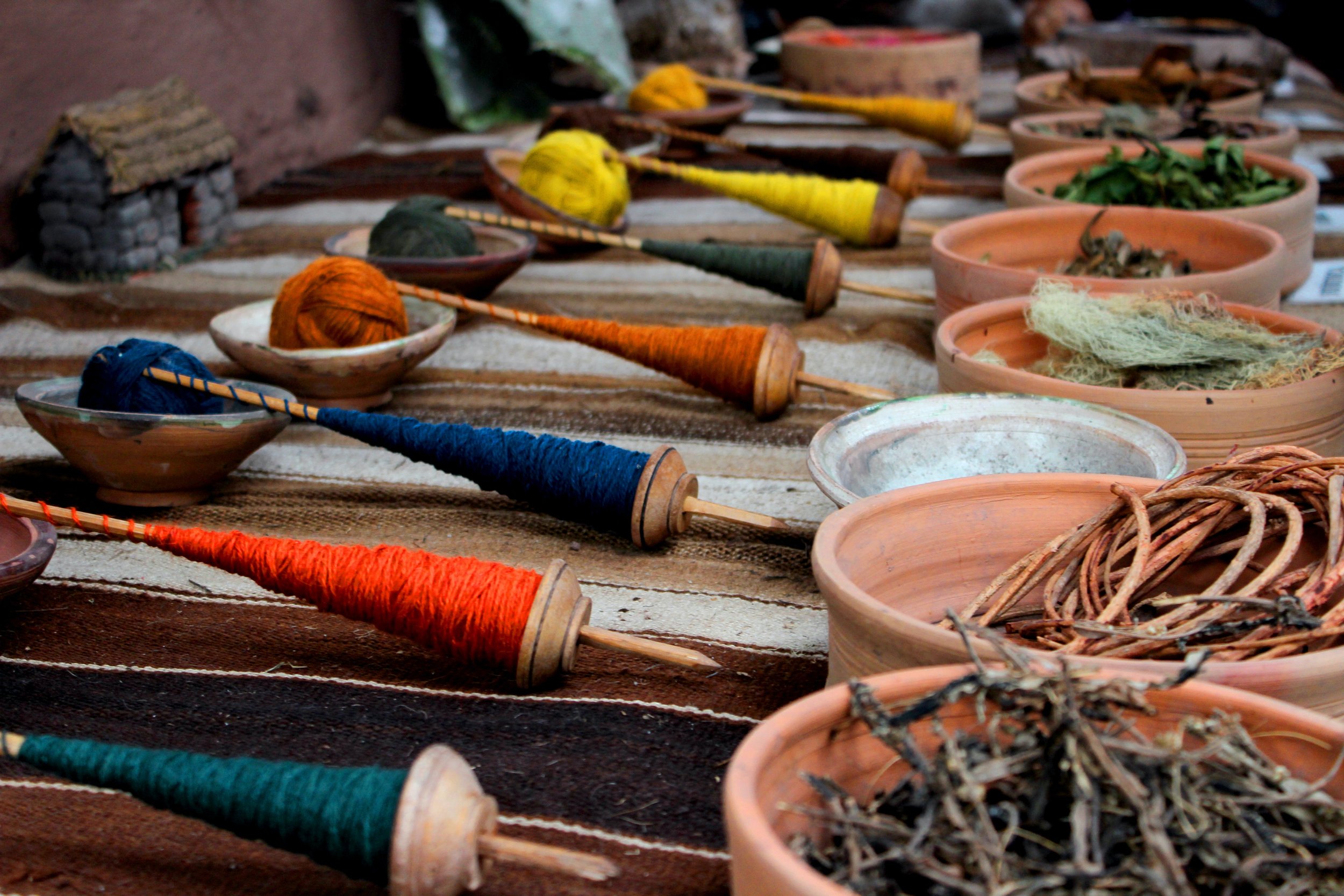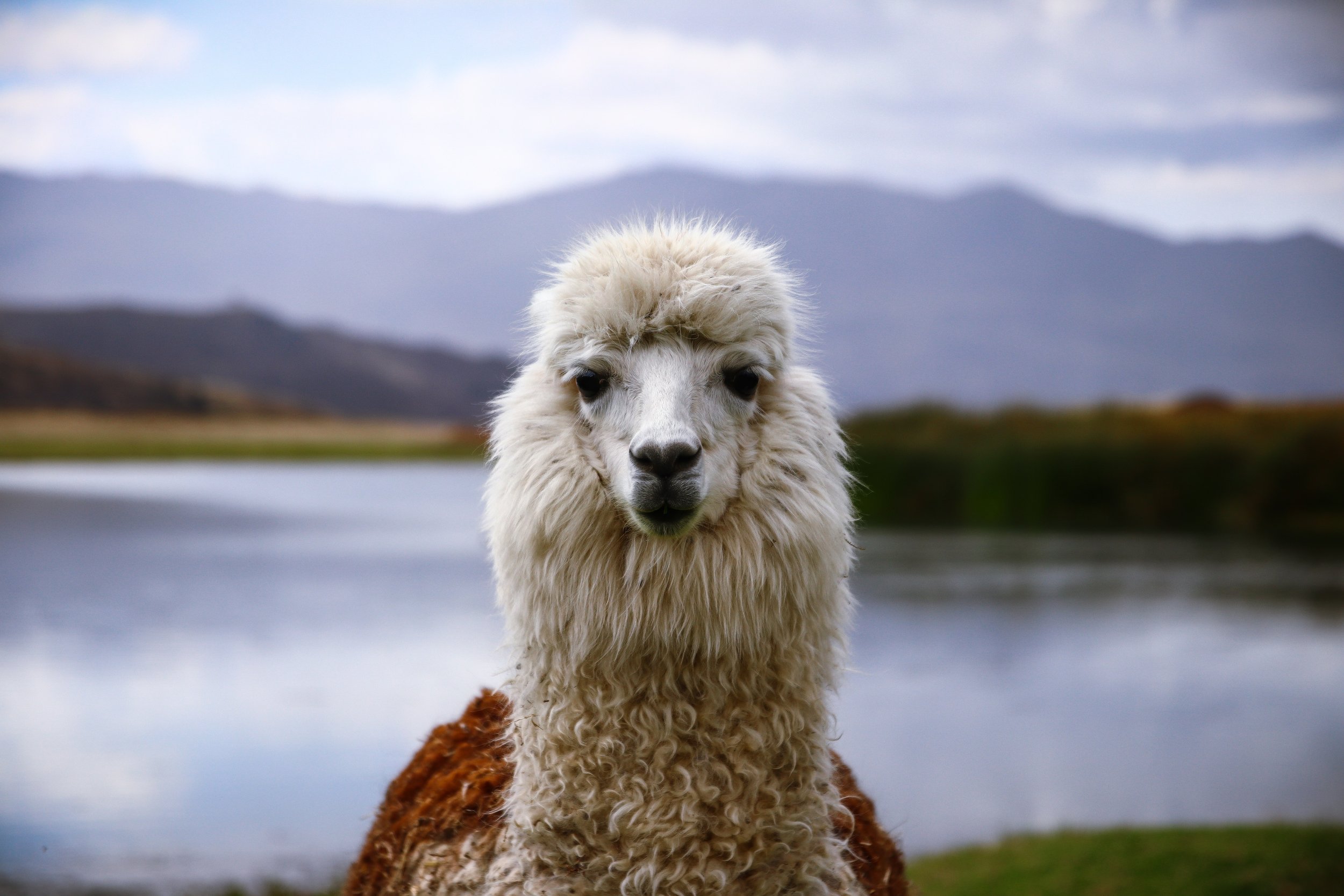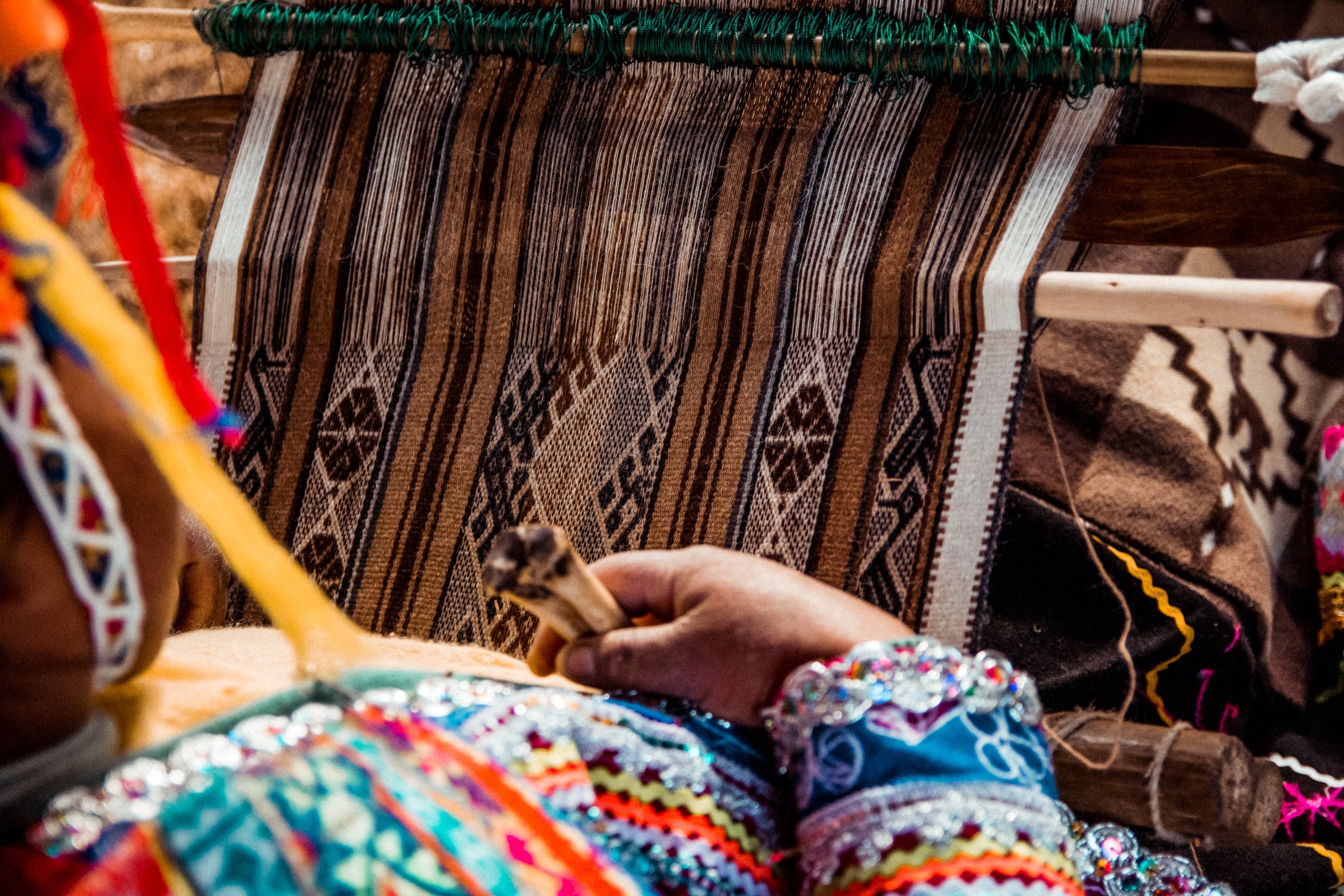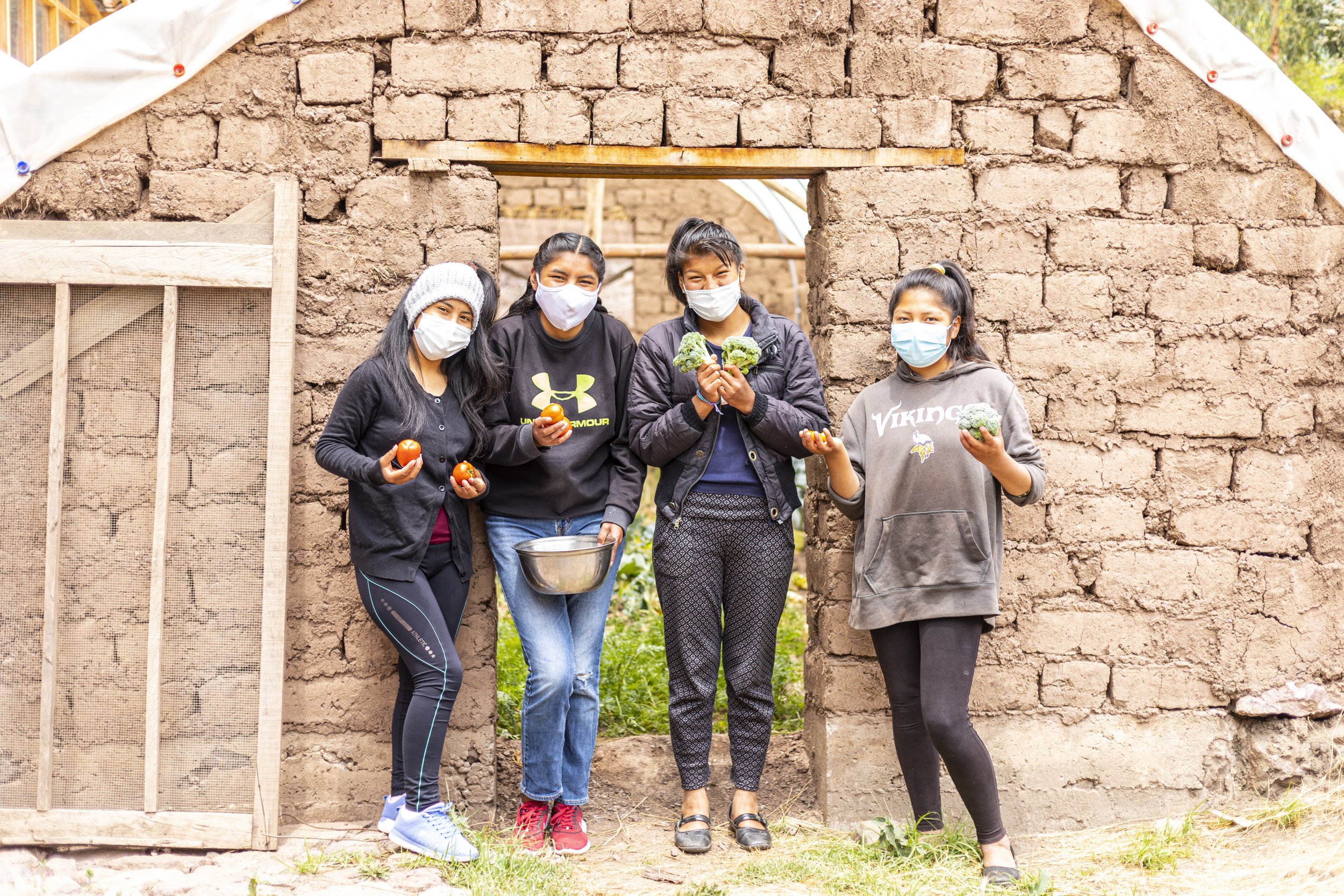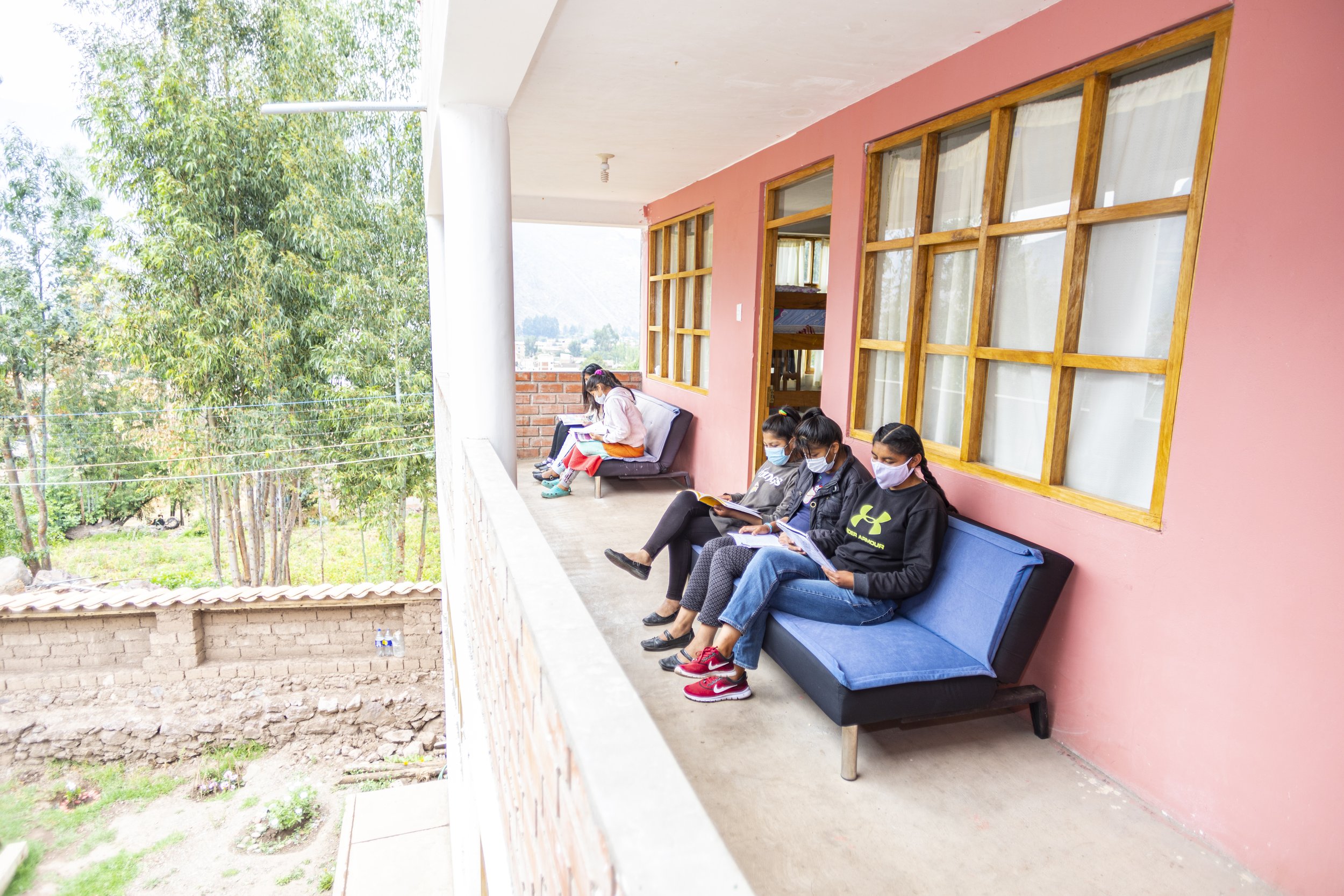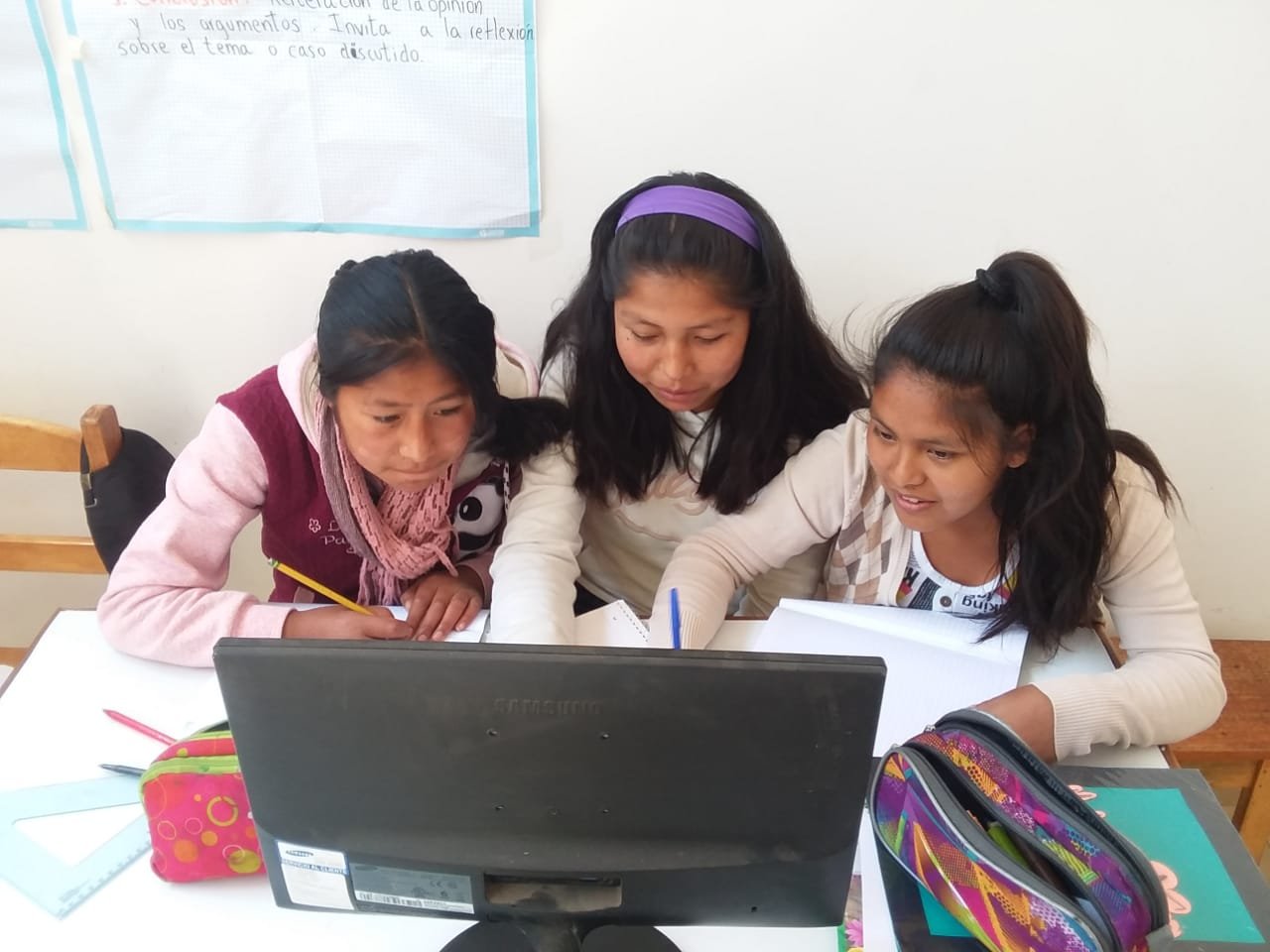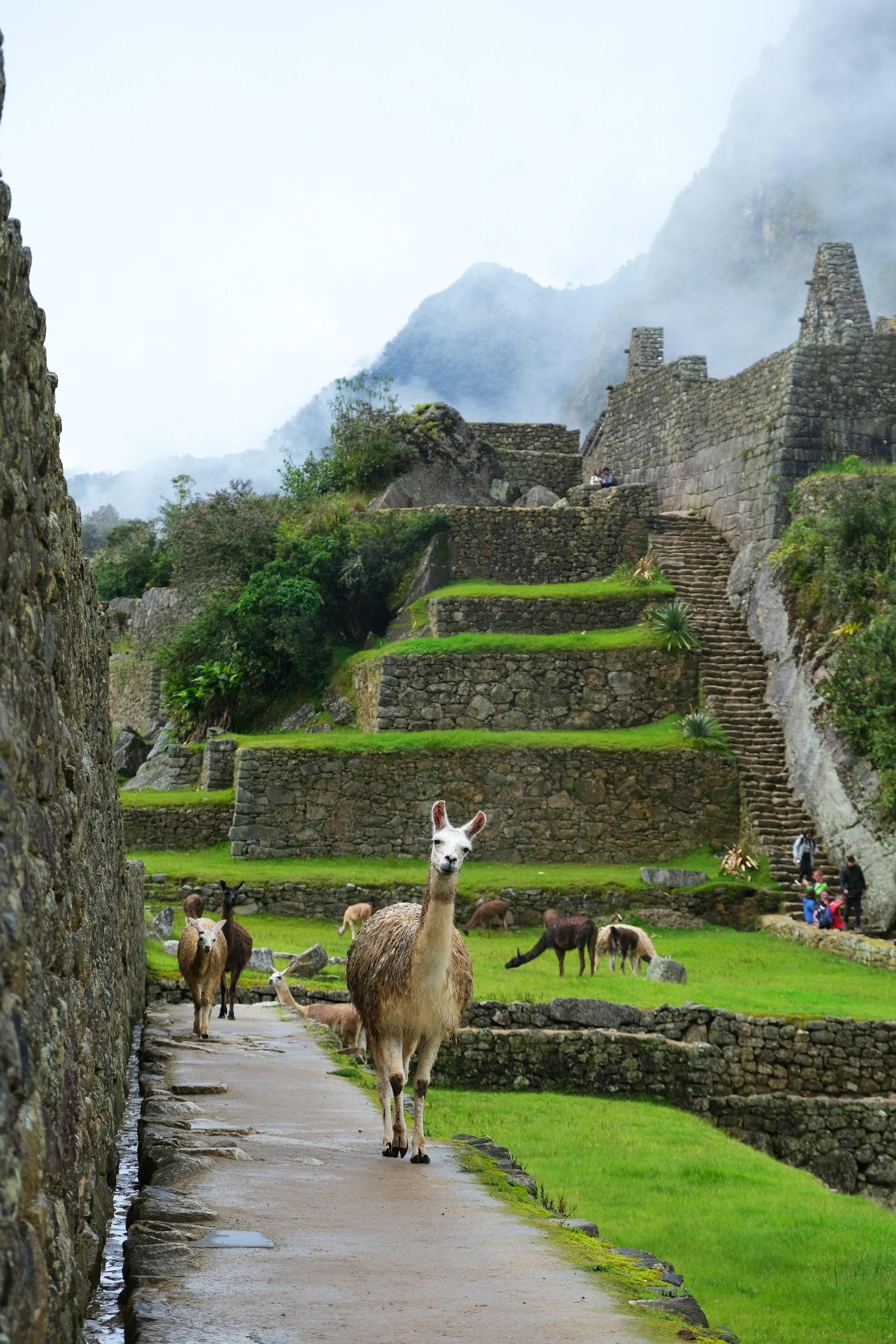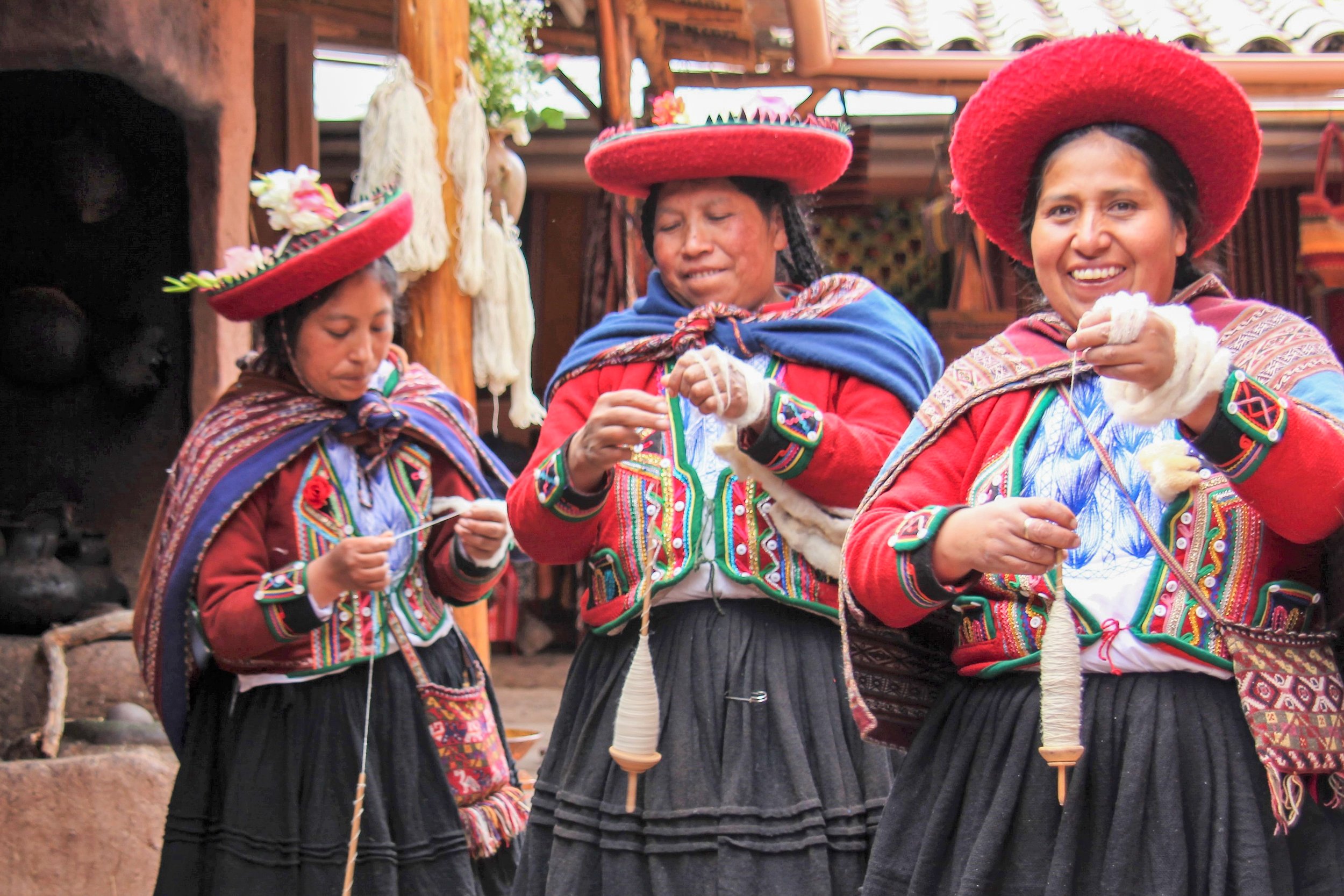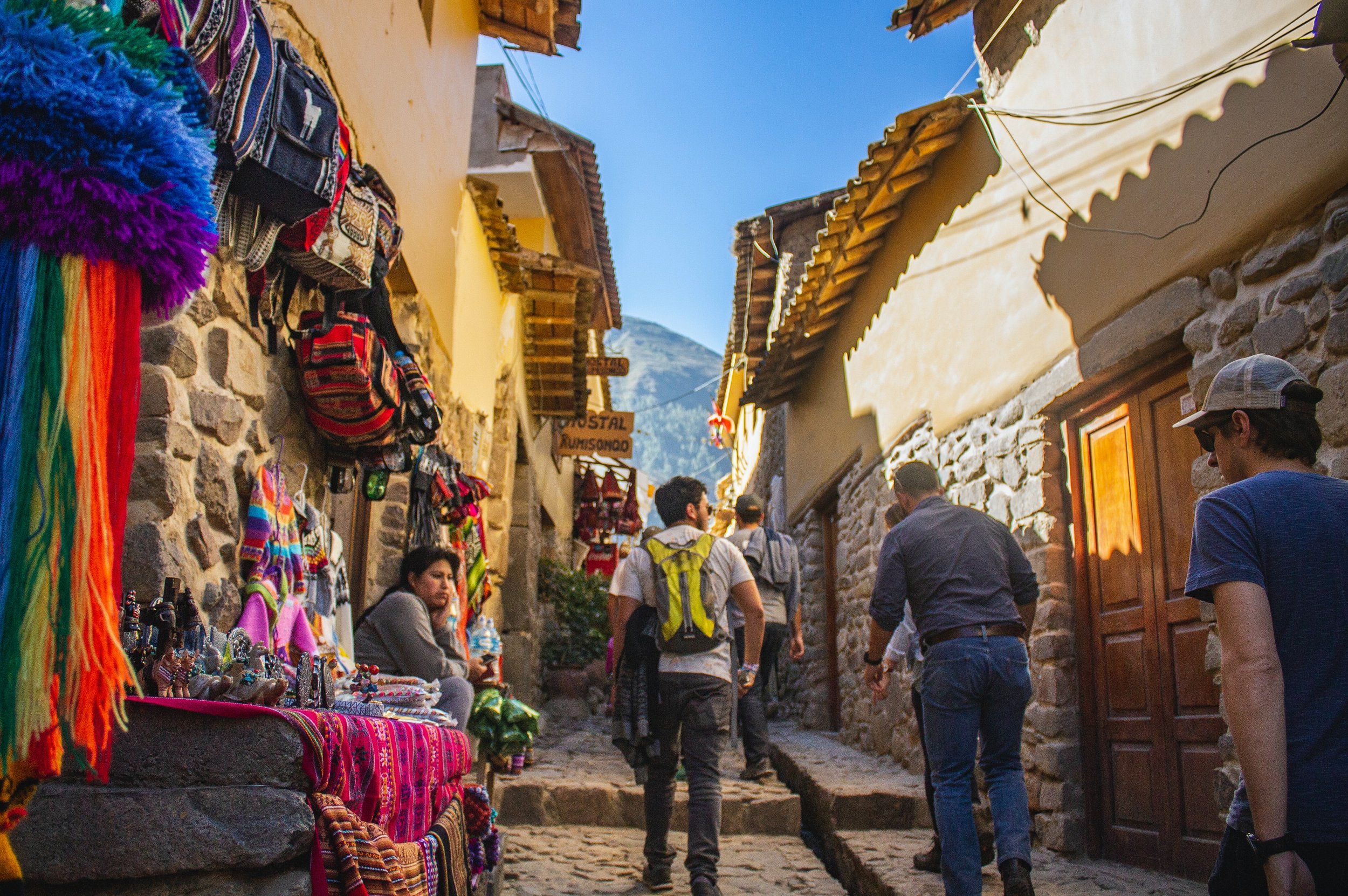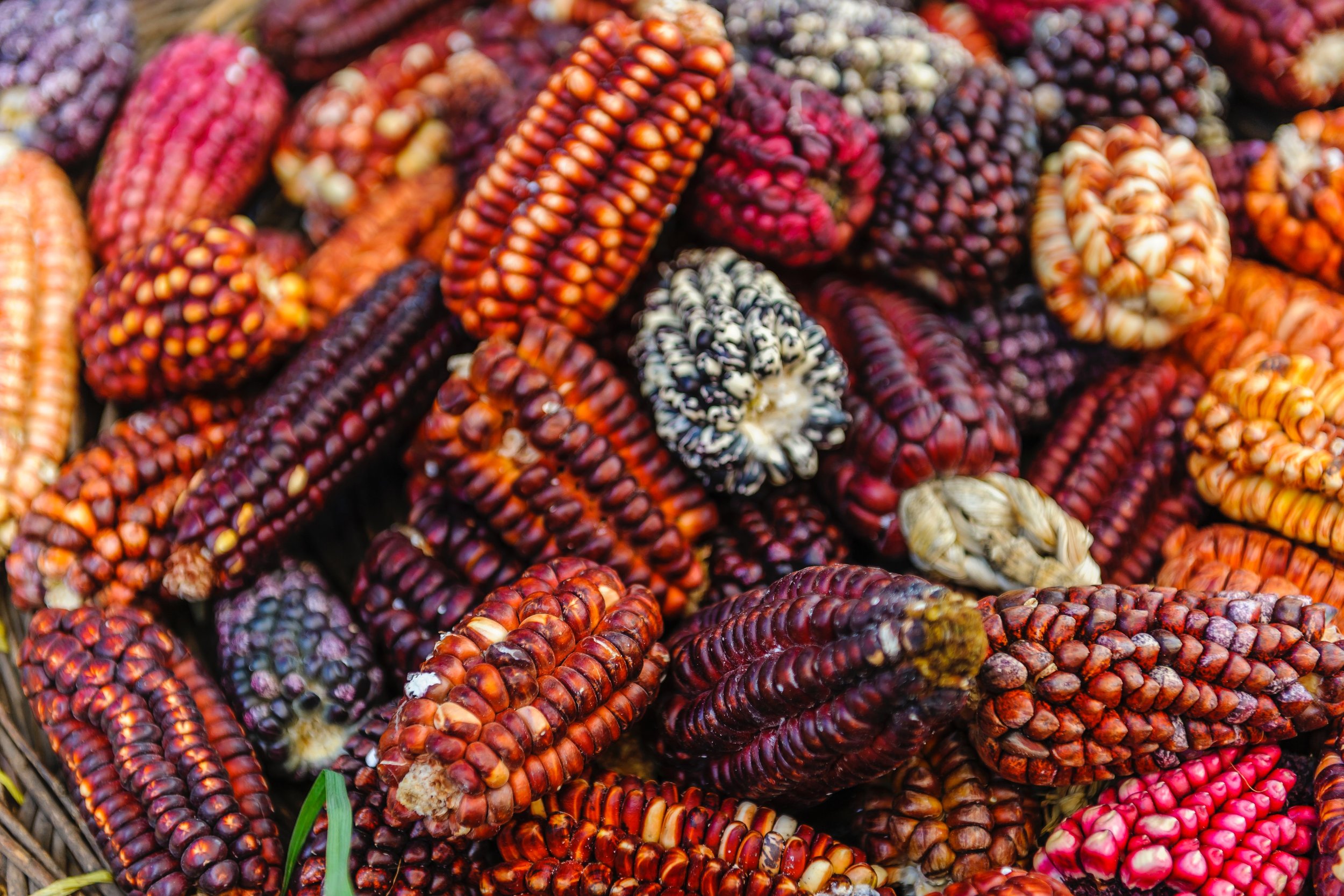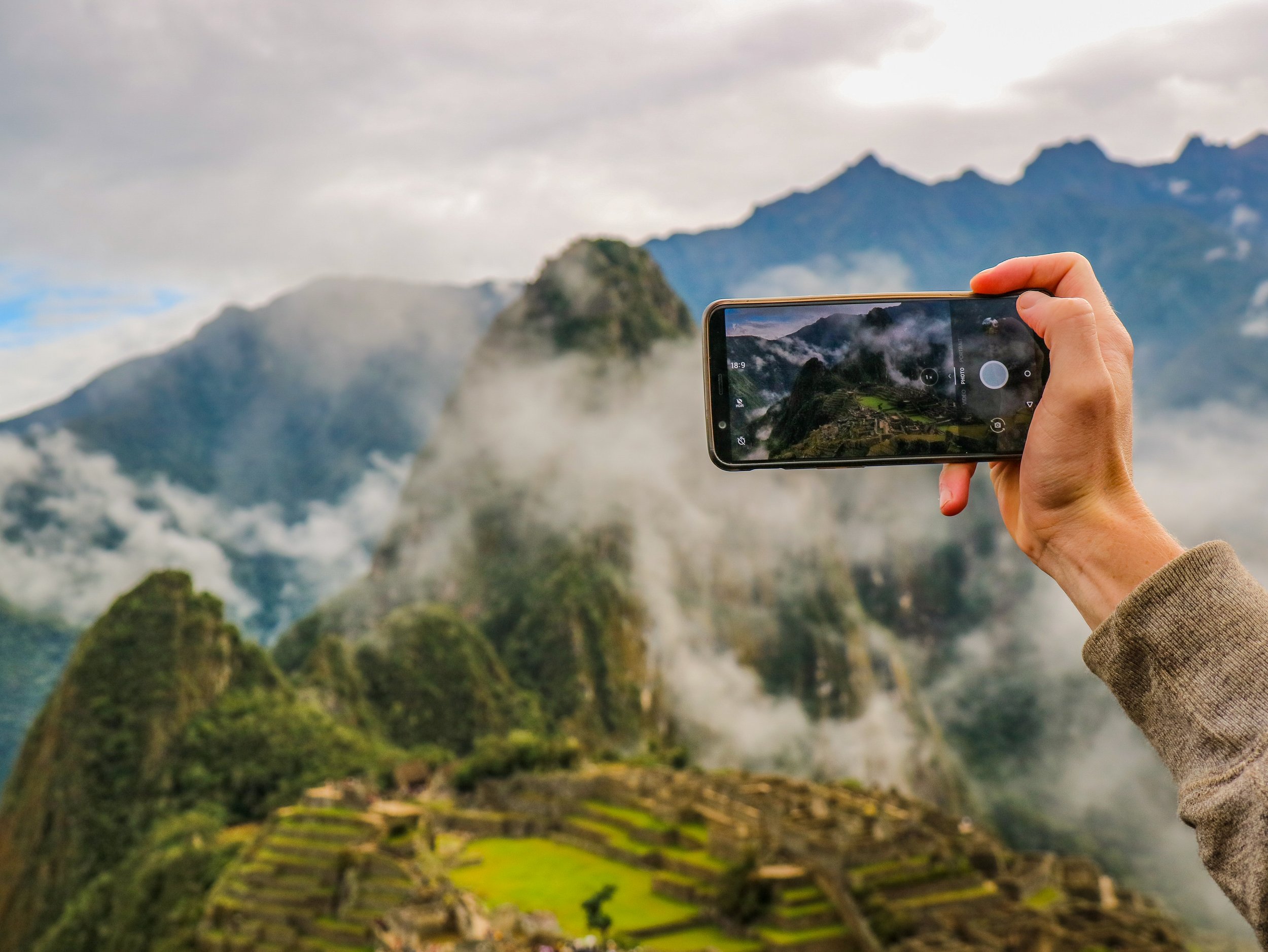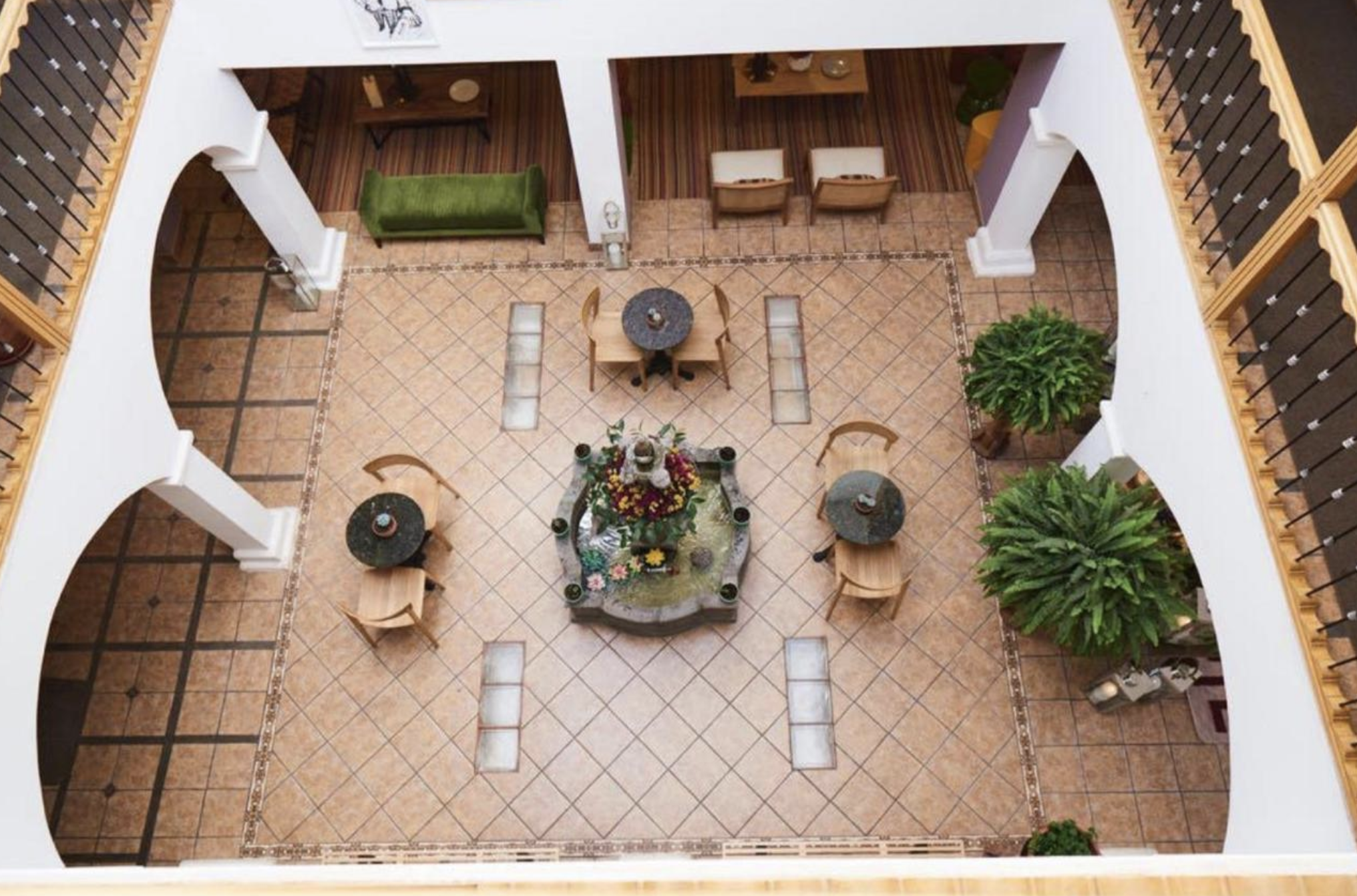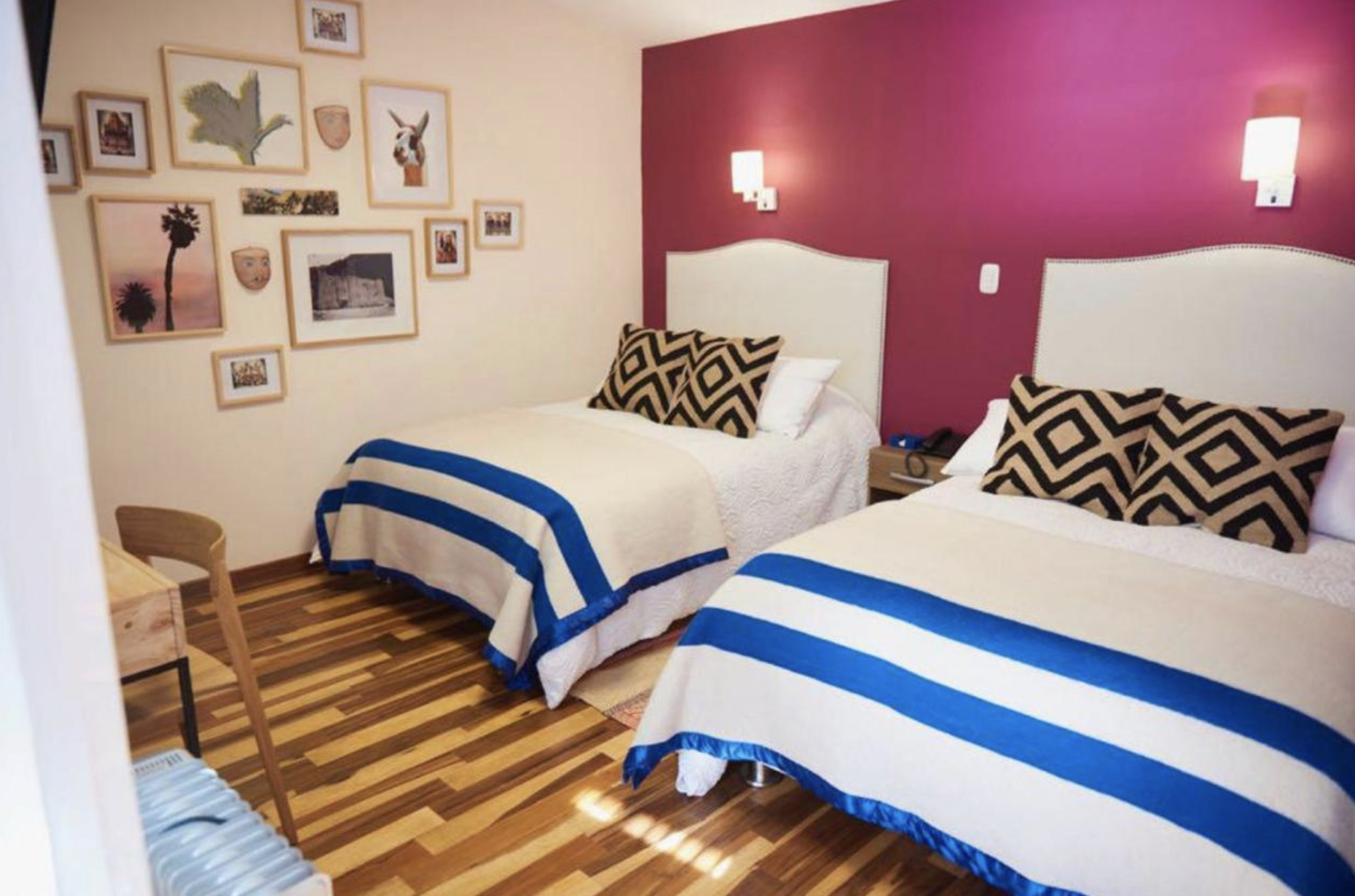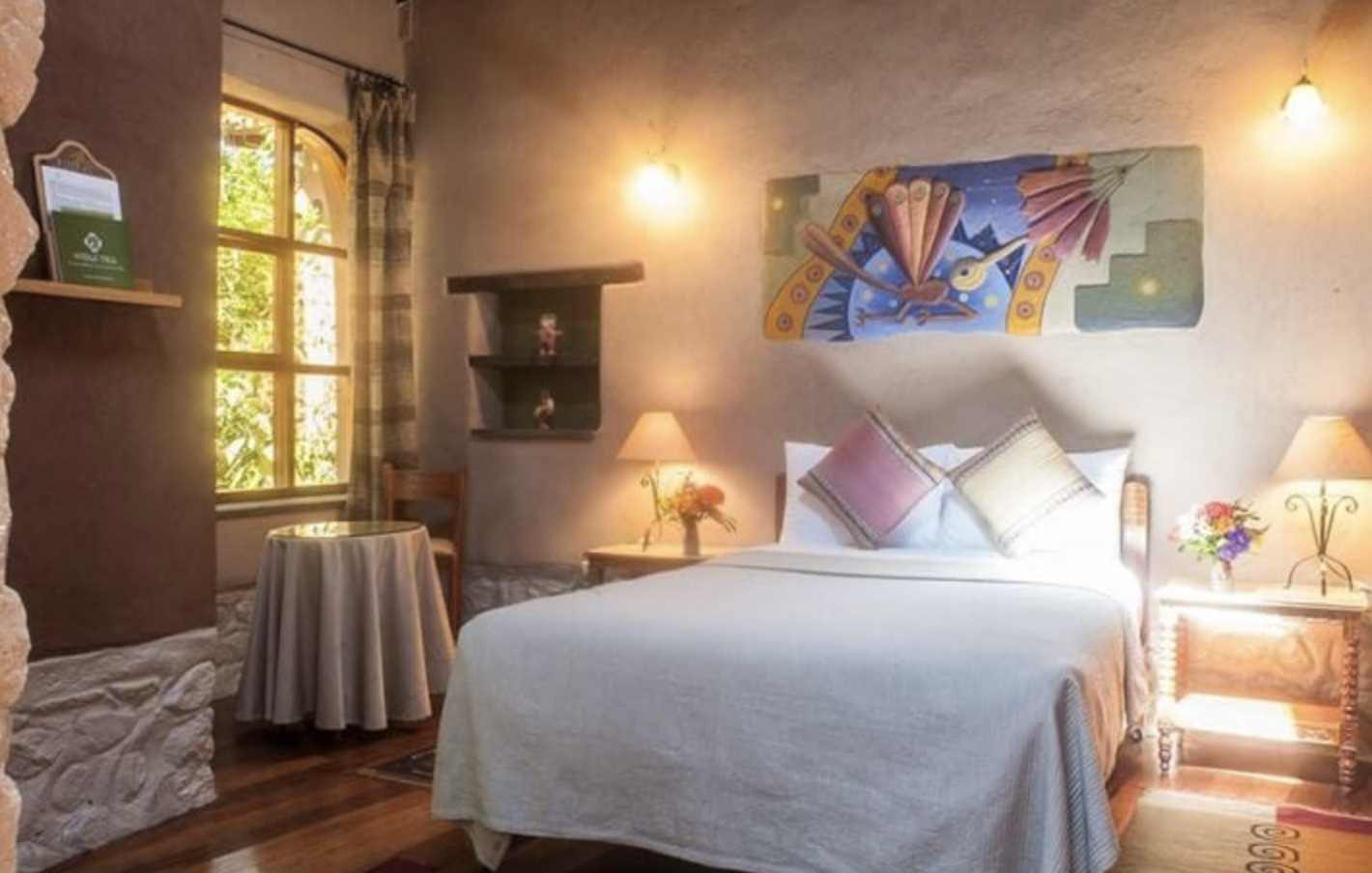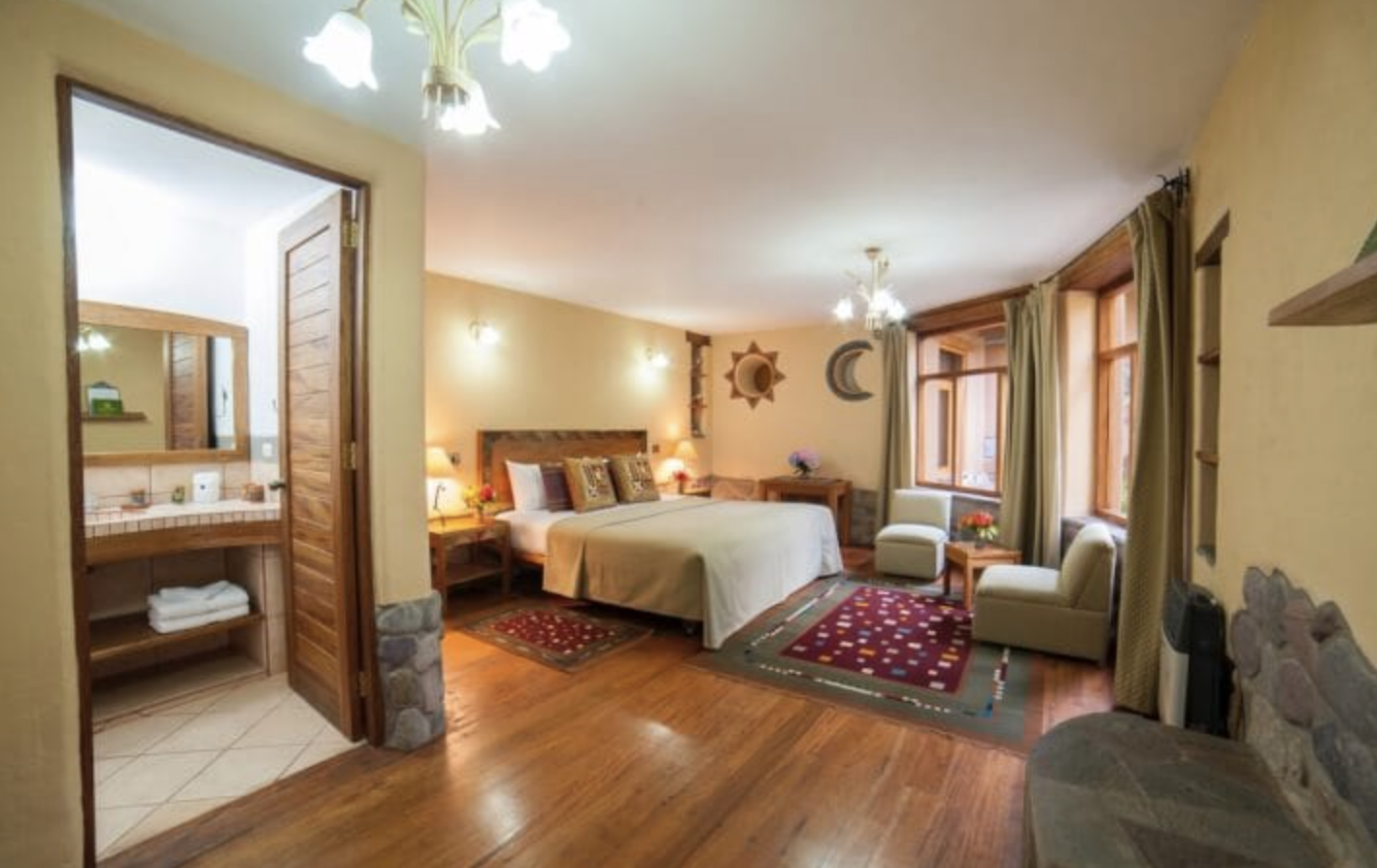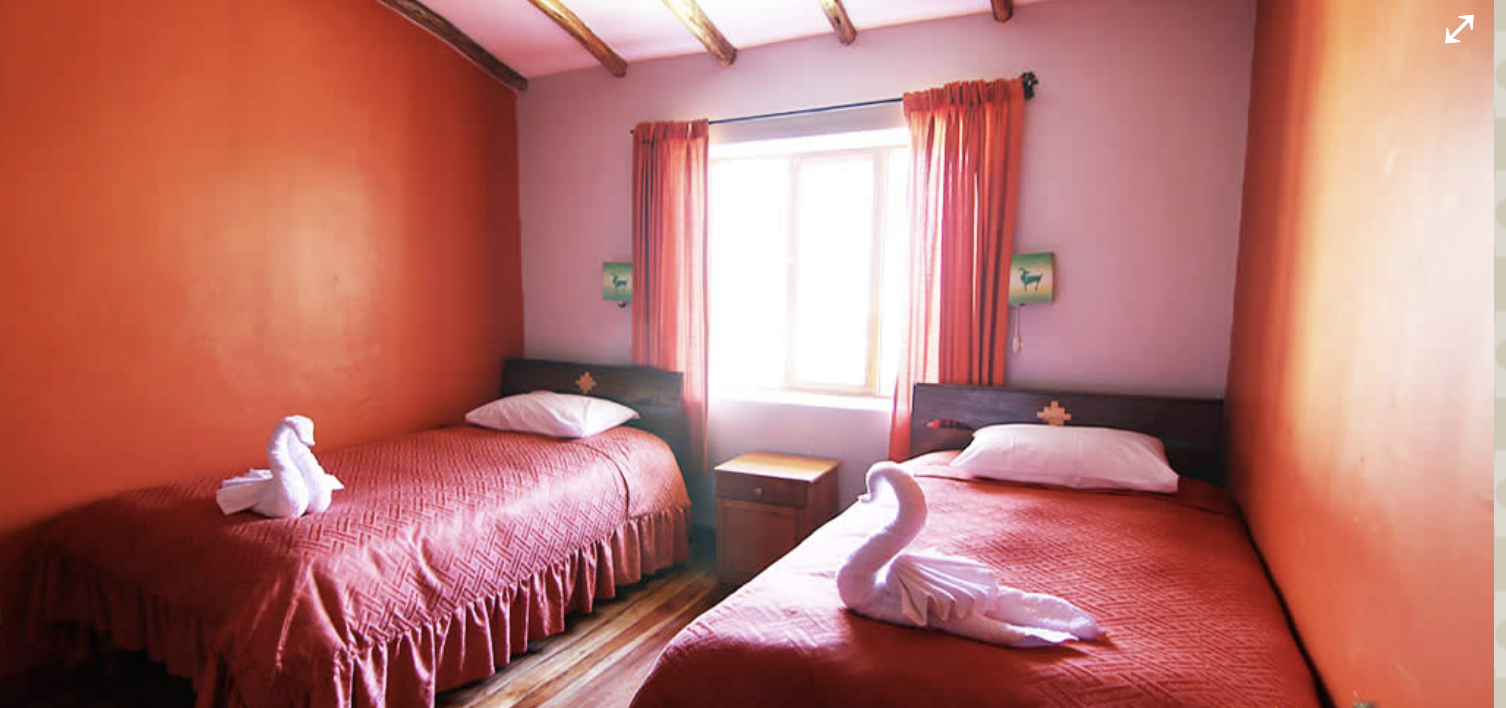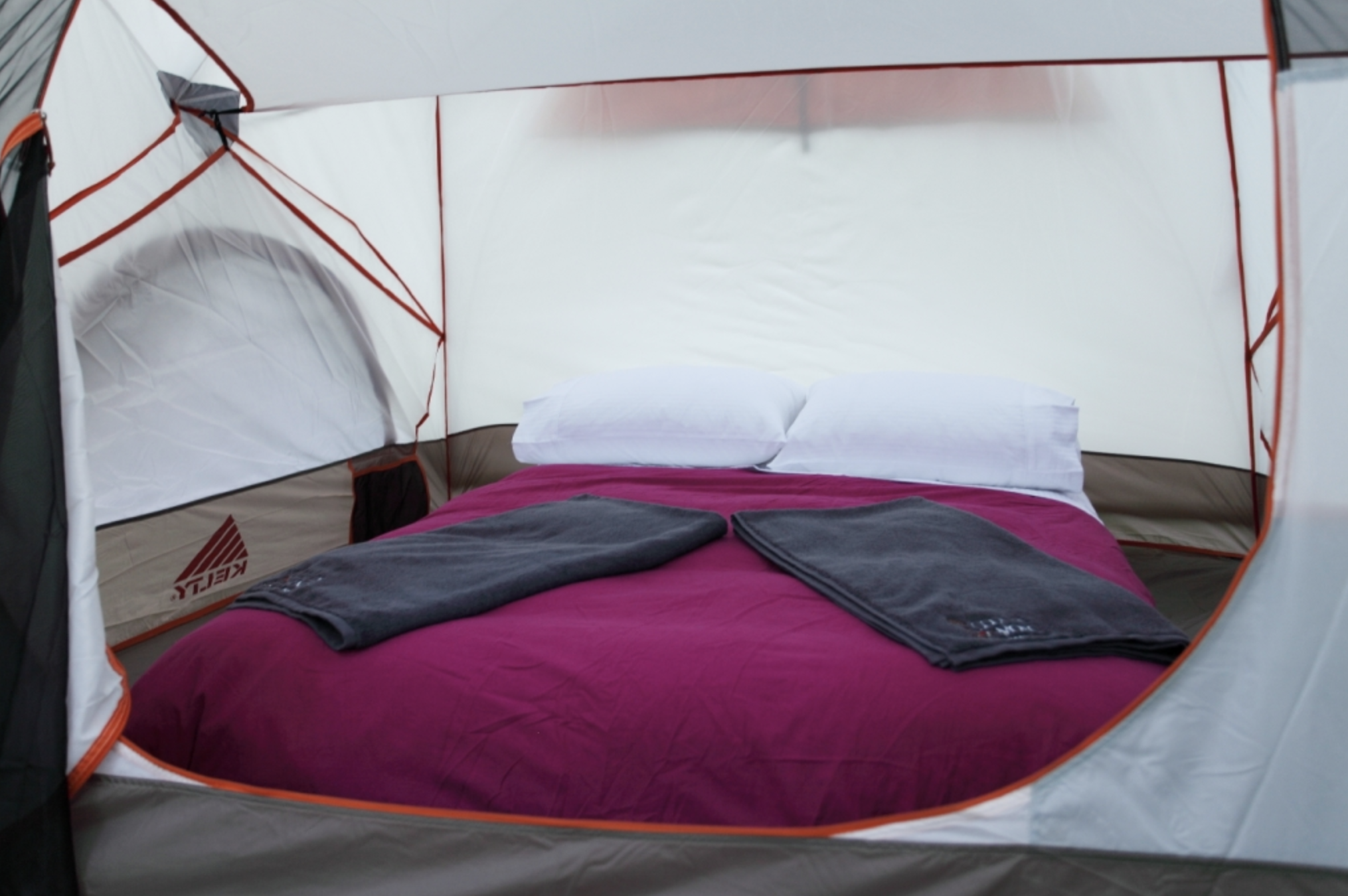Peru: 9-Day Discover Machu Picchu
2024 | 2025 Experiences: Custom dates available
Visit the famous ancient ruins of the Inca Empire and explore the breathtaking natural beauty of your surroundings. Develop an appreciation for life in the rural communities of the Peruvian Andes during a visit to a local initiative dedicated to providing education and housing to young women from low-income families. Explore issues such as clean water infrastructure, education and access to public services.
Highlights
Visit Machu Picchu, a UNESCO World Heritage Centre, and some of the other archeological wonders of the ancient Inca Empire.
Experience the natural beauty of the Sacred Valley and learn about a local initiative dedicated to providing education and housing to young women from low-income families in the Andes Mountains.
Explore Cusco, the historical capital of the Inca empire high in the Andes Mountains.
Itinerary
Day 1: Welcome to Peru!
Arrive to Jorge Chavez International Airport in Lima and meet your guide who will be with you for the duration of the program. Depending on your arrival time, we will enjoy a delicious arrival meal in one of Lima’s many renowned restaurants.
Overnight: Hotel in Lima
Day 2: Cross the Andes to the Sacred Valley
Wake up and return to the airport for a quick flight to Cusco. Leaving from the coast, we will fly high into the Andes to the historical capital of the Inca empire. After lunch and a nice visit to the city center, we will descend to the heart of the Sacred Valley of the Incas and take some time to adjust to the altitude change.
Flight details: Lima to Cusco, 1 hour 15 minutes
Overnight: Hotel in Sacred Valley
Day 3: Valley Tour and Sacred Valley Project visit
The rich history and diverse geography make the Sacred Valley one of the world’s most unique locations. We will travel the length of the valley visiting small town markets, larger commerce hubs and a pre-inca cultural museum. We will have the unique opportunity to visit and share a meal with the students of the Sacred Valley Project, a home for young women from rural communities who overcome great obstacles to access a high school education.
Overnight: Sacred Valley Hotel
Day 4: Visit Rural Communities and Waterfall Hike
Get an early start and travel into the mountains to visit the rural communities that carry the traditions of the cultures that have populated the region for centuries. As we work up a sweat on a hike through the Andes, learn about traditional Quechua lifestyle and the subsistence farming techniques of the area. We will culminate the hike at a stunning waterfall and Inca archaeological outpost. We will have an alternative excursion for travelers who would prefer a slightly less physical excursion.
Overnight: Sacred Valley Hotel
Day 5: Travel to Aguas Calientes
Start your day with a picturesque train ride to Aguas Calientes, the town at the base of the Machu Picchu ruins. Explore the town and shop, and gear up for the adventure ahead.
Overnight: Hotel in Aguas Calientes
Day 6: Experience Machu Picchu
Today is dedicated to experiencing Machu Picchu. After breakfast, hike up to the ruins and start with a guided tour of the site’s history before marveling at the intricate stonework or stealing a moment of relaxation with the breathtaking views from the perched terraces. After you’re done exploring, take the bus back down to Aguas and board an evening train back to Ollantaytambo.
Overnight: Hotel in Ollantaytambo
Day 7: Chinchero textile workshop
On the drive from Ollantaytambo to Cusco City, stop in Chinchero to learn about traditional textile weaving and the thread dying process from local weavers.
Overnight: Hotel in Cusco
Day 8: Explore the ancient Inca capital of Cusco
Enjoy this mix of the past and present as we explore Cusco’s 16th-century cathedrals, ancient Inca temples, and colonial streets—a UNESCO World Heritage Centre. Visit ChocoMuseo, the city’s famous chocolate museum, and make your own handmade chocolates from Peruvian cacao.
Overnight: Hotel in Cusco
Day 9: Adios, Peru!
Visit the local San Pedro market, taste the local fruits and vegetables and buy any last-minute gifts for family and friends during your final morning in Peru. Your guides will accompany you to the airport for your departure to Lima and then back home as you say your goodbyes and reflect on your adventure.
Flight Details: Cusco to Lima: 1 hour and 15 minutes
*Itinerary days and activities are subject to change without notice due to unforeseen circumstances or events. See full terms and conditions for more information.
Accommodation
Accommodations on this experience will be a combination of boutique hotels and cozy guesthouses
Packing List
Checked luggage should be a duffle bag (rolling duffels are fine). Large square suitcases are sometimes difficult to maneuver and may not fit well in the back of our vans. Packing the right gear (and the right amounts) is the first step to an incredible travel experience. Follow these tips to pack like a pro:
Travel light. Pack only the essentials. You’ll need less than you think!
Bring the right clothes. Pack clothes that are culturally appropriate for your destination (short shorts or clothing that reveals shoulders are generally frowned upon)
Leave your valuables behind. While traveling, it is easier for things to get lost, stolen or damaged. Keep your prized possessions at home.
Check with TSA. Make sure your luggage complies with TSA regulations, especially you’r carry on. Useful tip: Pack an empty reusable water bottle (Nalgene or similar) and fill it up after security.
Carry-on Luggage
A small backpack is the best carry-on bag—it can double as a day-pack once you arrive
Passport and wallet (travel wallet that can be hidden under clothing is a good idea)
Photocopy of passport (2 additional photocopies should be carried in checked luggage)
Make sure that your passport is valid for at least six months from your date of departure and has plenty of empty pages.
Sunglasses
Journal and pens
One change of clothes (optional)
Water bottle (Nalgene or similar)
Medications
Immunization Records/COVID-19 documentation
Camera, extra battery and memory card
Checked Luggage
Socks (enough for each day of travel 1 or 2 being long socks)
Underwear (enough for each day of travel)
Thermal Base layer (1 set)
Pants/capris/leggings (2)
Athletic shorts (1)
Jeans (1 or 2)
T-shirts (3-5)
Long sleeved shirts (2 o r 3)
Soft Shell jacket/micro puff jacket
Fleece/hoodie
Sneakers/hiking boots (be sure they are already broken in to avoid blisters!)
Sunglasses and sun hat
Quick-dry towel
Toiletries (travel sized and in ziplock bags)
Be sure to pack sunscreen, bug spray, feminine hygiene products and if bringing medications, be sure to bring enough for the duration of travel.
Foam earplugs, personal medkit, hand sanitizer and wet wipes are also recommended.
Note: Laundry service may not be available.
What's Included
9 days/8 nights of accommodation at beautiful and unique hotels
Private airport pickup and drop off and all transportation throughout trip
All activities as detailed here (activities can be added at an additional cost)
Bottled water for your refillable bottle
Breakfast, lunch and dinner each day (one to two dinners on own)
A local guide with you throughout the trip
Local support team on call 24/7
Contribution to local organizations and/or projects
What's Not Included
Travel Insurance
International flights, visa fees and COVID-19 testing
Alcoholic beverages (when available) and soft drinks
Personal expenses (phone, laundry, cabs, etc.)
Optional or added activities not mentioned in itinerary
Tips to hotel, lodge or tented camp staff
Gratuity for trip guides
Map
FAQ
Do I need a passport to travel to Peru?
You must have a passport to travel internationally. When you book your trip with Off Cape Experiences, we ask that you submit a copy of your passport in part to verify whether it’ll be valid when you travel. To travel, your passport must be valid for at least six months after you return from your trip and has at least one (and probably more) empty pages.
Renewing a passport can take four months so if it doesn’t meet the above criteria, start the process immediately.
Learn more about how to renew an existing passport.
Learn more about how to expedite your passport renewal.
Learn more about how to apply for a first-time passport.
Make copies of your passport and keep one in a safe place not with your passport. This will come in very handy if you misplace it and need to get a new one.
Do I need a visa for travel to Peru?
After arriving in Peru, citizens of the U.S., Canada, EU, Australia, and New Zealand will receive tourist visas when passing through immigration. The length of your stay will be decided by immigration officials but the maximum amount of time you can stay in the country is 183 days each year. Peru does not offer visa extensions. Immigration authorities may also request proof of onward travel.
What vaccines are required for travel to Peru?
Peru recommends (but does not require proof of) vaccinations for Hepatitis A, B, and Yellow Fever. Yellow fever is recommended particularly for those traveling to jungle areas below 7,500 feet in altitude.
We recommend reviewing the CDC Traveler’s Health page for Peru, which recommends a number of vaccines, including childhood vaccines, COVID-19, Hepatitis A and B, Rabies and Typhoid. Please be sure to consult your doctor to decide what medicine and vaccines are right for you.
Peruvians, resident foreigners and non-resident foreigners 12 and older must present proof of COVID-19 vaccination 14 days prior to boarding at their point of origin. Peruvians, resident foreigners and non-resident foreigners 12 and older who are not fully vaccinated must present a PCR test with a negative result within 48 hours of boarding an incoming flight to Peru, in accordance with current health regulations. Children under 12 must only be asymptomatic prior to boarding an incoming flight to Peru.
Is the tap water safe to drink?
No. Drink only bottled water. Do not drink water from the tap or a well. Your accommodations and guides will provide water for you to fill your refillable water bottles you bring from home or provide bottled water for you. Bringing a Nalgene or similar 1 Liter refillable bottle is highly recommended and promotes sustainable travel and respect for the places we are traveling.
In addition, routine hand washing before and after meals and after using the bathroom will cut down on your chances of getting sick. Although delicious and a great way to experience local culture, eating street food can also increase your chance of getting sick. Make sure to rinse any fruits or vegetables before eating.
Is it safe where we’re going in Peru?
Peru is generally a safe place to travel. However, using common sense is a must. You will be briefed upon arrival at each location. Listen to briefings from your guides and ask questions! Do not assume. That said, crime certainly does exist. For tourists, this is mostly pickpockets in tourist areas. However, we do not recommend walking alone at night or in any off the beaten path areas. As we mentioned before, consult with your guides who know these areas best,
Peru is suitable for both kids and adults. There are also lots of family-friendly activities to enjoy, including adventure sports like sand boarding and kayaking, interactive activities like learning to build with adobe materials, cooking in clay ovens and making chocolate.
When is the best time of year to visit Peru?
Peru’s dry season of May to October is the busiest time for tourism, given there’s no rain and the skies are clear for hiking and sightseeing in the mountains. North Americans and Europeans have their summer vacations during this time, so be sure to book your tours and accommodations a few months in advance if you plan on visiting in the dry season. That said, the best time to go is somewhat different depending on the region, so it’s best to check with us before you book.
Can I get to Machu Picchu without trekking?
You most certainly can. You have a couple of options to get to this ancient citadel in the clouds. For those who would prefer not to hike to the entrance, there are regular buses from the town of Aguas Calientes that will take you to the main gate.
What about the elevation in Cusco?
Cusco's thin air has a notorious reputation. After all, the city sits at nearly 11,000 feet. Even so, we're not talking about Everest or Kilimanjaro here; you will survive. There are also precautions to take ahead of time to mitigate the effects of the altitude sickness that plagues many first-timers (and even repeat visitors) to the region.
For starters, don't overdo it. Take your time and enjoy your surroundings. Your guides are seasoned veterans and will set a good pace and keep your comfort as a top priority. Equally important is to make sure you drink plenty of water. Again, your guide will coach you on how best to approach this.
Finally, trust in that most time-tested of Inca remedies for treating altitude sickness: coca. You can buy bags of dried coca leaves or drink mate de coca (coca leaf tea), which they sell in most cafes and bars. You can also chew the leaves like tobacco. (Rest easy in the knowledge that, in its unrefined form, the coca leaf is not a drug. Chewing or sipping it will only give you the energy of a couple shots of stiff espresso while making your mouth a tad numb.) It does a great job of keeping altitude sickness at bay, which is likely why it earned the stamp of approval from the Incas.
Should I spend time in Lima?
Absolutely. Most flights to Peru land at Jorge Chávez International Airport, which is the region's principal air hub. So you'd only be cheating yourself if you didn't explore this fascinating capital city. Like many cities and towns in Latin America, Lima boasts a Centro Historico (historic center) rich in colonial history. In fact, for centuries it was the principal seat of Spanish colonial power in the New World. Today the Centro Historico is a UNESCO World Heritage Site featuring breathtaking architecture as seen around the Plaza Mayor. Here you'll find the Government Palace, Convento de San Francisco, the Archbishop's Palace, and more.
Do I need to bring cash? How much?
Most businesses in Peru won’t accept USD, but some might. However, credit cards are widely accepted
Some additional info about cash and money:
ATMs are also widely available and offer the best exchange rates, even when including fees from your bank. For current exchange rates of USD to the Peruvian Nuevo Sol, check XE.
Travelers Checks are not recommended as you will receive a lower rate of exchange and additional fees to use them.
Is tipping expected in Peru?
For tourists, tipping is customary in Peru. Most restaurant and bar bills include a 10% gratuity. Tipping is a great way to show your appreciation to the people serving you and to have your dollars go straight into the pockets of the people who need it most, a 10 to 20% tip will be warmly accepted at any restaurant and will put a surprised smile on a person's face.
What type of electric adapter/converter should I bring?
Peru uses 220 volts, but typically plugs are shaped the same as in North America—two flat prongs. So you won't need an adapter, but if your appliances run at 110 volts (unlikely, but always double-check), you'll need to bring a converter to avoid frying the device.
How will we get from the airport to the hotel?
Before your departure from your home airport, you will be given detailed instructions on where to meet our staff who will be eagerly awaiting your arrival to Peru!
From $4,495 USD + international airfare
Pricing is per person, based on double occupancy for a group of at least 6 people. An additional charge is applied for single occupancy. A 20% deposit is required to book travel. The balance is due 90 days prior to departure, or immediately if booked within that time period. Special rates may be available for group bookings. Questions? Fill out this form.

